Overview
Because opal has the colors of other gems, the Romans thought it was the most precious and powerful of all. The Bedouins believed that opals contained lightning and fell from the sky during thunderstorms. When Australia’s mines began to produce opals commercially in the 1890s, it quickly became the world’s primary source for this October birthstone.
Birthstones & Anniversaries
0.2 Microns
Grids of silica spheres 0.2 microns in size create red play-of-color flashes.
20% Water
Opal contains up to 20% water trapped in its silica structure.
1829
The novel “Anne of Geierstein” gave opal a reputation of being unlucky.
Facts
-
-
Mineral:
Hydrated Silica
-
Chemistry:
SiO2•nH2O
-
Color:
All colors
-
Refractive index:
1.37-1.47
-
Birefringence:
None
-
Specific gravity:
2.15 (+0.08, -0.90)
- Mohs Hardness: 5 to 6.5
Treatments
There are a number of processes used to alter the color, apparent clarity, or improve the durability of gems.
Learn MoreSynthetics
Some gemstones have synthetic counterparts that have essentially the same chemical, physical, and optical properties, but are grown by man in a laboratory.
Learn MoreImitations
Any gem can be imitated—sometimes by manmade materials or by natural materials chosen by man to impersonate a particular gem.
Learn More
Why We Love This Gemstone
Formation
When opal formed, silica gel filled crevices in rock. As water evaporates, the silica is deposited in the form of tiny spheres.
Interaction with Light
Opal’s flashing play-of-color is caused by diffraction of light by silica spheres stacked like tiny Ping-Pong balls in a box.
Unique
Opal’s arrays of silica spheres form a fantastic variety of patterns and colors. No two opals are exactly alike.
Quality Factors
Play-of-color, intensity, and pattern are important value factors.
Color
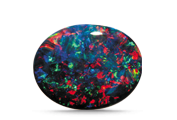
Opal’s spectacular play-of-color can display all the colors of the rainbow.
Clarity

Experts expect different levels of clarity for different types of opals.
Cut
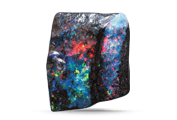
Fine opals are often cut into irregular shapes that keep as much play-of-color as possible.
Carat Weight
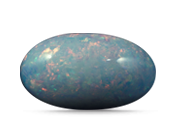
Opal has relatively low density so even larger sizes can be comfortable to wear.
Opal Quality Factors: The Comprehensive Guide
Research
Explore sources, gemological research, and the role of gems in history.
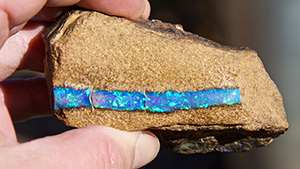
Queensland Opal Fields: Home of the Unique Australian Boulder Opal
Tao Hsu, Andrew Lucas, and Vincent Pardieu , Jan 24, 2017 Read Article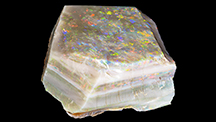
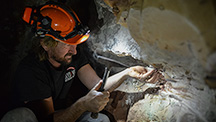
Splendor in the Outback: A Visit to Australia's Opal Fields
Tao Hsu, Andrew Lucas, and Vincent Pardieu , Feb 1, 2016 Read Article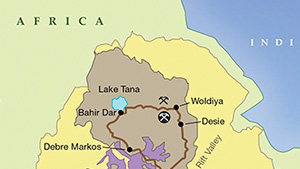
New Deposit of Black Opal from Ethiopia
Lore Kiefert, Pierre Hardy, Tewodros Sintayehu, Begosew Abate, and Girma Woldetinsae , Jan 30, 2015 Read ArticleRecommended Reading

Opal & Gemstone Jewelry: Cutting, Designing, Setting: a Step-by-Step Lapidary Instructional Guide
Paul B. Downing

Opals
Fred Ward



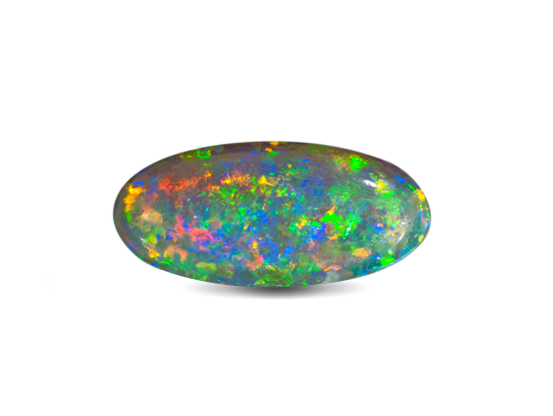



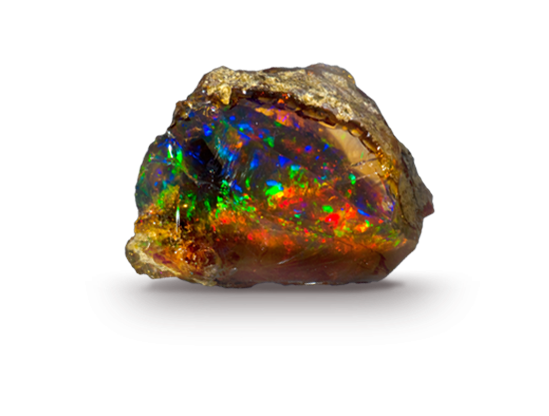


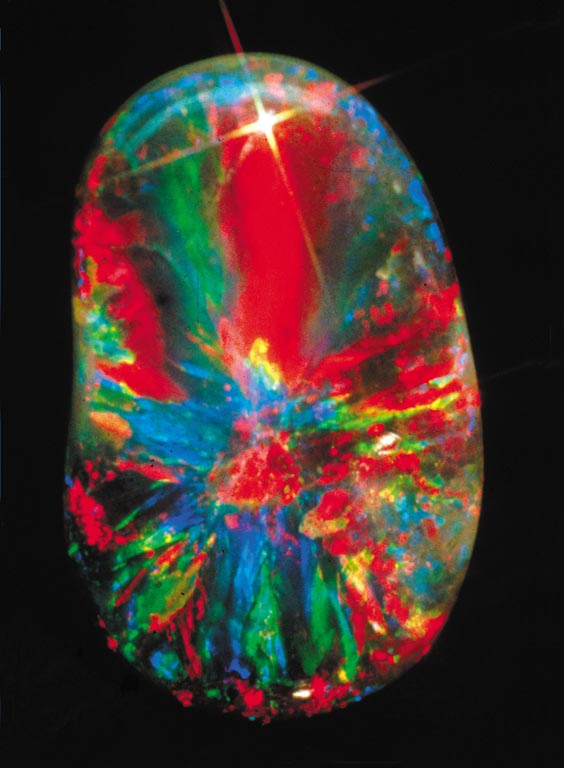
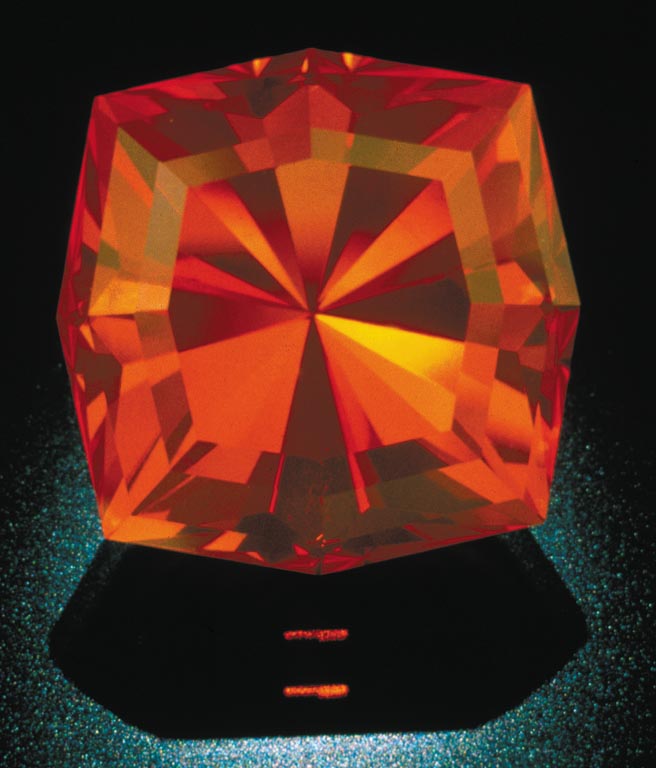
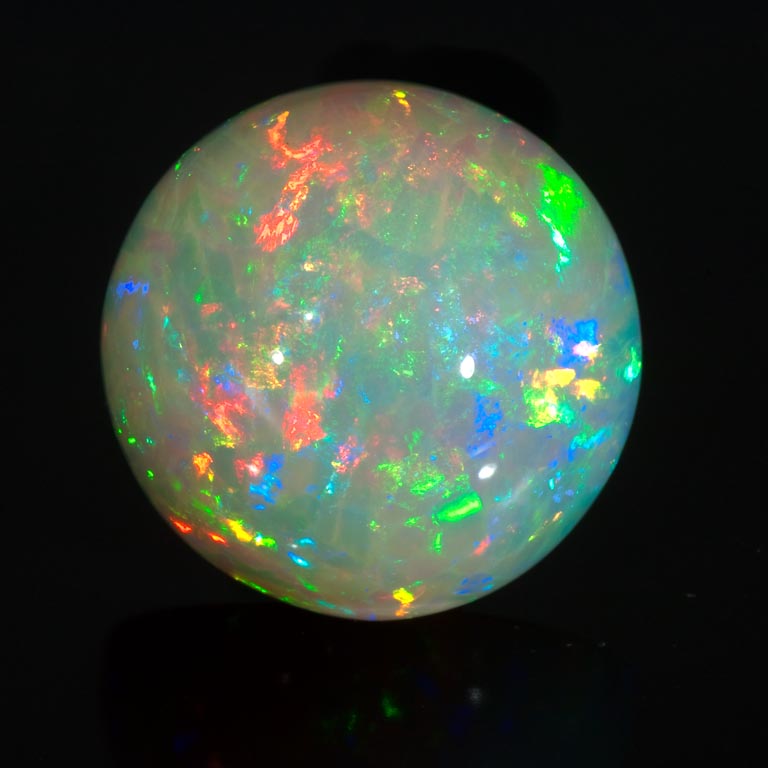






.jpg)


